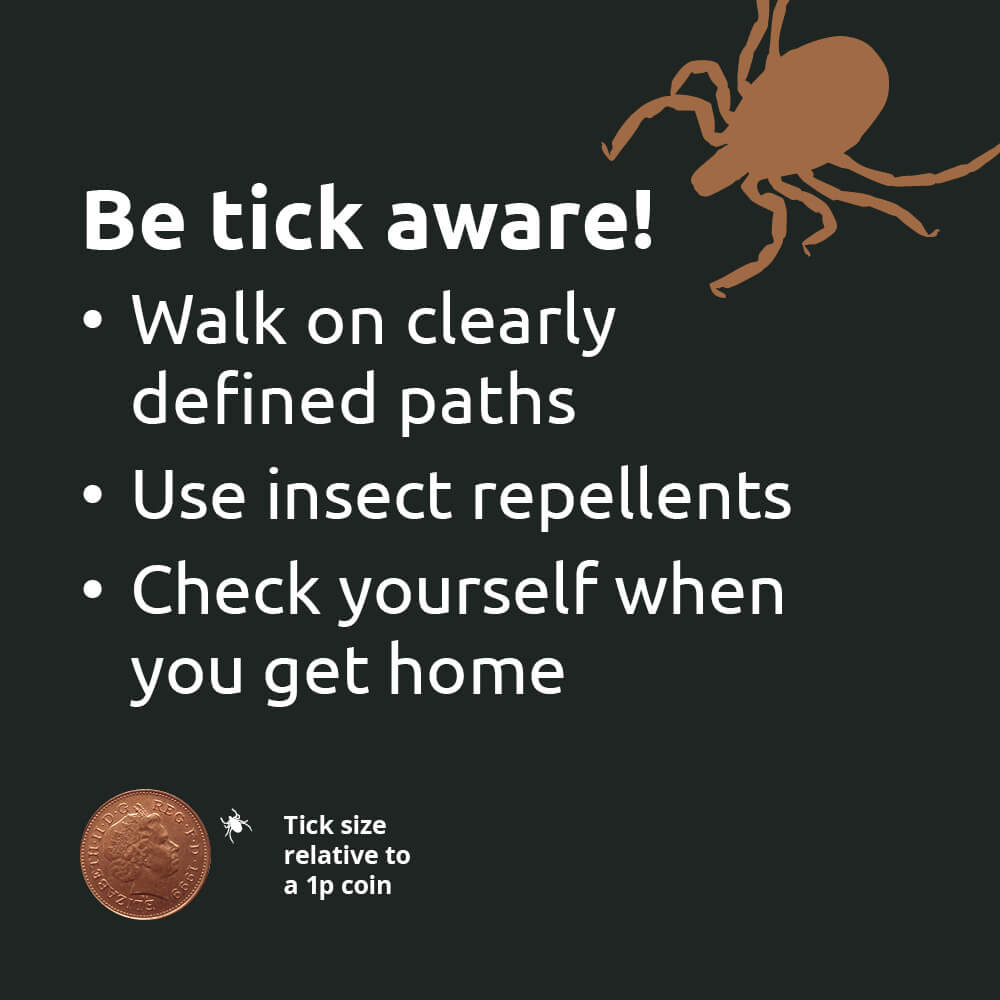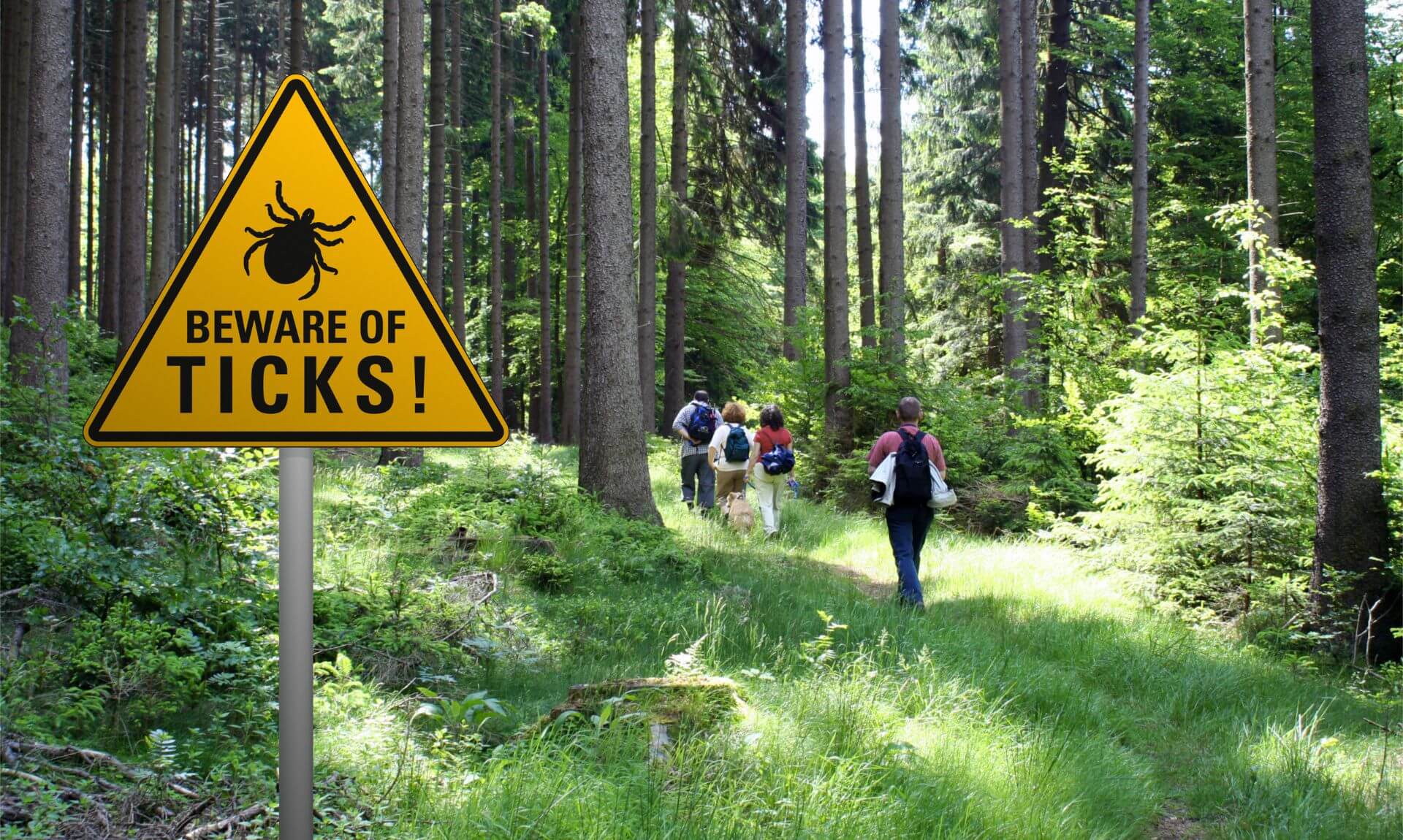Tick Alert: Essential Safety Tips for Visitors to Cardinham Woods
Ticks have become an increasing concern in Cardinham Woods, prompting Forestry England to issue a warning to all visitors.
The organisation has noticed a rise in ticks attaching to the rangers’ dogs, indicating a need for public awareness. This article provides essential tips for safely dealing with ticks after enjoying the natural beauty of the forest.
Tick Alert in the Forest
Visitors to Cardinham Woods are advised to thoroughly check themselves, their children, and pets for ticks after their forest excursions. These small, spider-like creatures are not just a nuisance but can also pose a health risk, transmitting diseases such as Lyme disease.
Safe Tick Removal Techniques
If you find a tick, it’s crucial to remove it properly to minimise any harm. Here are the recommended steps to safely remove a tick:
- Use the Right Tool: Employ fine-tipped tweezers or a tick-removal tool. These are available at pharmacies, vet clinics, and pet shops.
- Proper Technique: Carefully grasp the tick as close to the skin’s surface as possible. Slowly pull upwards with a steady hand, adding a slight twist. It’s important to avoid squeezing or crushing the tick to reduce the risk of infection.
- After Removal: Once the tick is removed, dispose of it immediately.
- Clean the Area: Clean the bite area with antiseptic or soap and water to prevent infection.
Other Places You Can Pick Up Ticks
In Cornwall, dogs can pick up ticks in various environments, particularly in places with abundant wildlife and vegetation. Here are some common areas where dogs are likely to encounter ticks:
- Woodlands: Dense, wooded areas like forests and woodlands are ideal habitats for ticks. The shaded, moist environment provides a perfect breeding ground for these parasites.
- Grassy Areas: Long grass in meadows, parks, and rural fields can harbour ticks. Dogs walking through these areas can easily brush against tick-infested grasses.
- Heathlands: Areas of heathland, particularly those with a mix of grass and shrubs, are also known for tick activity.
- Gardens: Ticks can be found in gardens, especially those that are not well maintained or are on the edge of rural areas.
- Walking Trails and Paths: Popular walking trails, especially those surrounded by vegetation, can expose dogs to ticks as they brush against plants and undergrowth. This includes the South West Coast path.
Ticks are not just a rural issue; urban areas with parks and green spaces can also be tick hotspots. It’s important for dog owners to check their pets regularly after walking in these areas, particularly during the warmer months when ticks are most active.
Prevention is Better Than Cure
While removing ticks is essential, preventing bites is equally important. Visitors are encouraged to stay on pathways, use insect repellent, and wear protective clothing.
By raising awareness and providing these critical tips, Forestry England aims to ensure that everyone can enjoy Cardinham Woods safely and tick-free. Remember, always check for ticks after your visit!

Share This Story, Choose Your Platform!
To keep up with the latest cornish news follow us below
Follow CornishStuff on Facebook - Like our Facebook page to get the latest news in your feed and join in the discussions in the comments. Click here to give us a like!
Follow us on Twitter - For the latest breaking news in Cornwall and the latest stories, click here to follow CornishStuff on X.
Follow us on Instagram - We also put the latest news in our Instagram Stories. Click here to follow CornishStuff on Instagram.
You Might Also Be Interested In
Latest News In Cornwall
Daily Cornish news by email
The latest daily news in Cornwall, sent direct to your inbox.



























